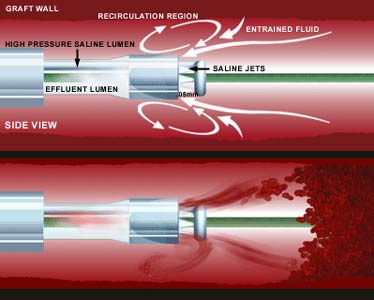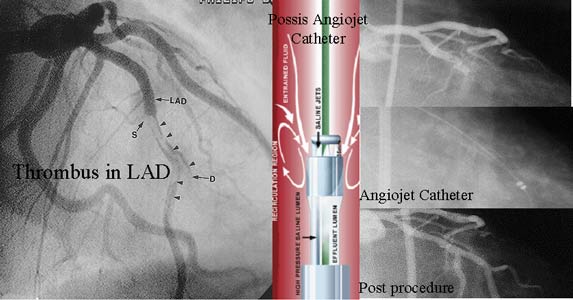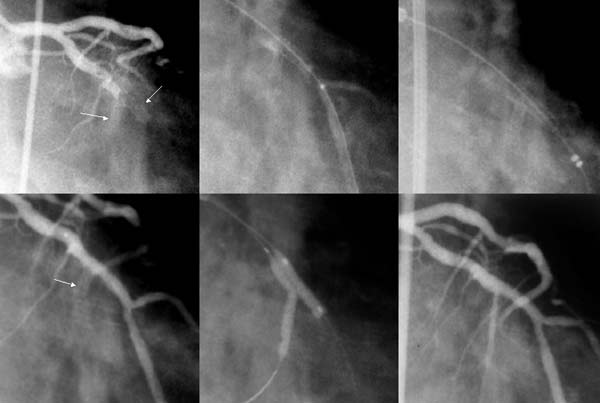
Thrombectomy involves removal of thrombus from the vasculature. Thrombotic lesions are common in STEMI (acute myocardial infarction), peripheral thromboembolic events and venous thrombosis. Thrombectomy can be passive (suction devices such as Export, Pronto, ..) or active (Angioject, Ultrasonic, EKOS) and can be combined with lytic therapy (pulse lysis).


